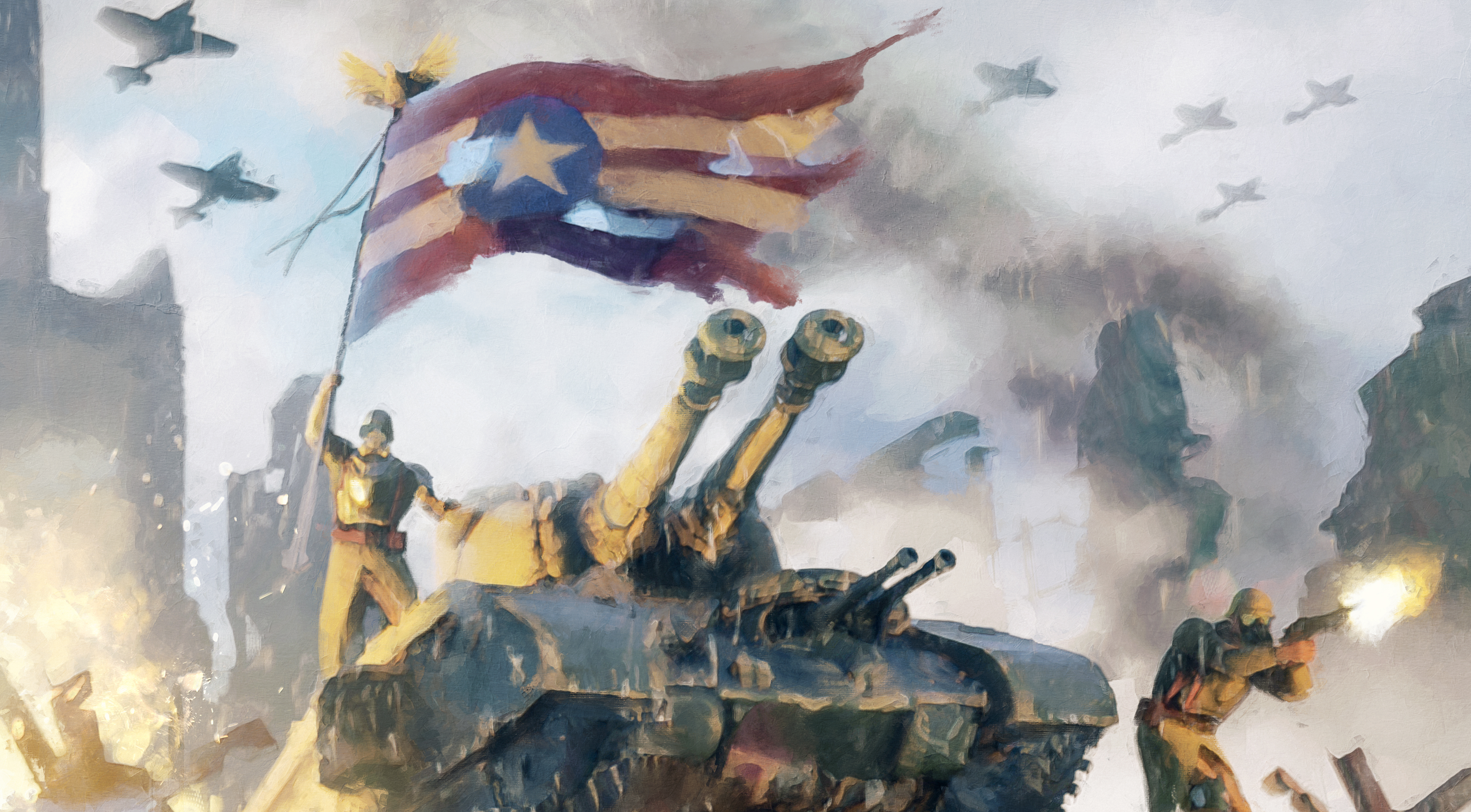Christmas Truce of 1938
By December of 1938, the Great War had been raging for five months, and the death toll had begun to rise to new extremes. With the failure of the Imperial Mobilization Plan 37 and subsequent lack of ground gained during the Konstanz-Koln Offensive, the frontline entered a period of stagnation. With winter setting in, the general staff of both The Holy Roman Empire and The New French Republic ceased major operations to plan their next steps. The soldiers on the front were given orders to dig in and wait for further instruction.
Following the breaking of the first siege of Frankfurt, The line had surged to Mayence-sur-Rhine, where it had been stopped. As both sides dug in, a dense network of trenches developed along the Rhine from the Swiss frontier up to Amsterdam. This meant that, in many cases, French and Imperial soldiers were separated by only a few dozen feet of earth. The closeness inevitably led to an amount of fraternization and informal truces.
On December 7th, Pope Innocent XIV formally requested that a cease-fire be observed on Christmas Day. His request was denied by the French high-command, who suspected that it was an Imperial ploy. The Empire followed suit. However, despite this being officially denied, many soldiers and units observed an informal truce on Christmas day.
The most famous story comes from the 44th Infantry Division "Kaposyar" of the Royal Hungarian Honvéd. The 44th were stationed in the highlands of the Black Forest, an extremely rugged part of the line where the trenches were drawn through dense forest and across the tops of rocky hills. Across from them were the French 81st Division, drawn primarily from the NFR’s holdings in Catalonia. A reporter embedded in the Honvéd division recounted the following events.
Around 5pm on December 24th the Imperial soldiers began singing carols, and shortly thereafter the Catalan soldiers joined them, singing in their own tongue. The firing across the lines fell silent, followed by the artillery. Following a brief series of radio communications between the lines, all aerial operations were grounded. The next morning, the soldiers of the 44th and the 81st left their trenches, meeting in No-Man’s-Land. Early in the day they formed work parties to recover and bury bodies that had been previously trapped. Later they exchanged small gifts, shared food and liquor, and, in some cases, played games with each other. This was not the only truce that occurred that year, but it was the most famous.
A famous photograph was taken of a Snowman, humorously decorated with both French and Imperial equipment. The moment was seen widely as a glimpse of humanity in the midst of the brutality of war. The aftermath was, however, not as humane.
When reports of the truce reached the French Office of Public Security the reaction was immediate and swift. General Daniel Mateu of the 81st was relieved of his command, tried for reactionary sentiment, and sentenced to death by firing squad. This was followed by a purge of many officers involved, as well as several other trials and subsequent executions for soldiers who appeared in photographs. This punishment was capped by the entire division being pulled off the line, and transferred to the Eastern front in Indochina, against the Japanese Empire.




Comments